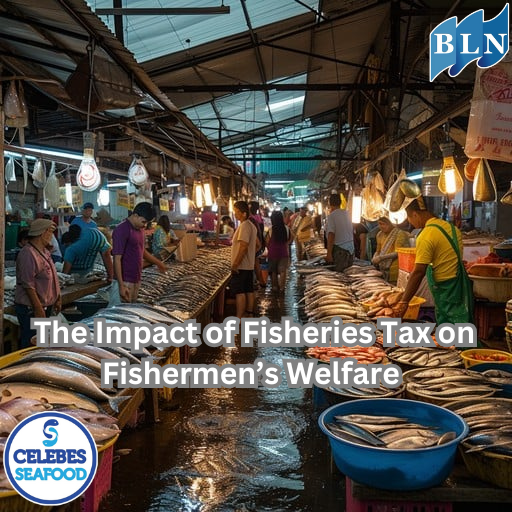Why Upwelling is Crucial for Food Security from the Ocean
By. Tri - 21 May 2025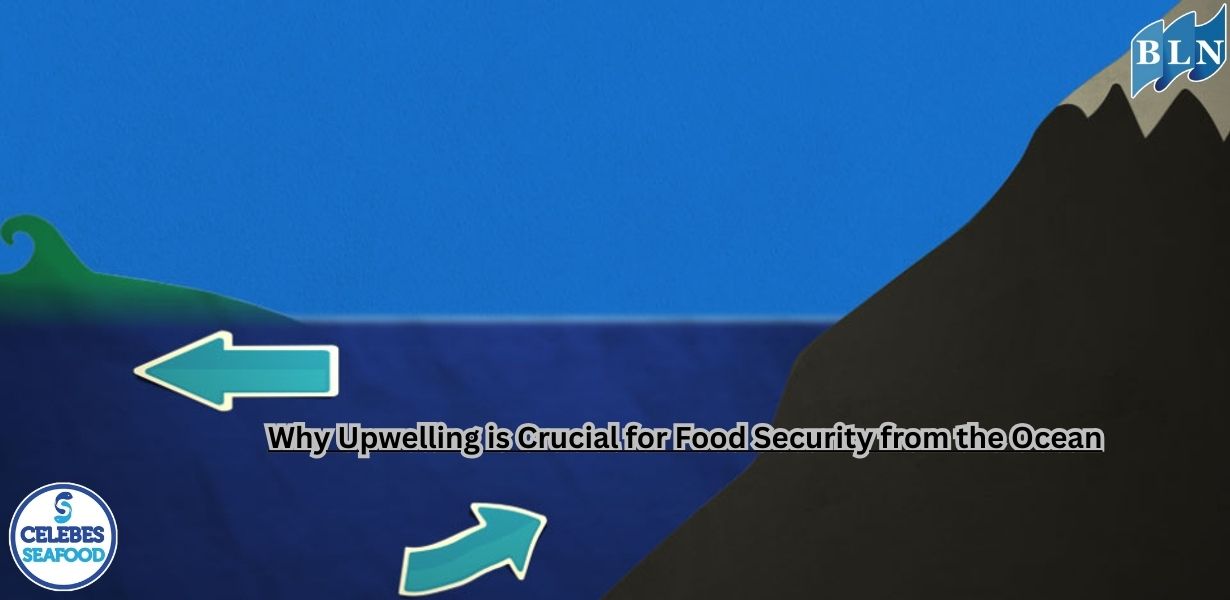
lautnusantara.com_ The ocean is a vital food source for billions of people worldwide. However, not all parts of the ocean are equally productive. There's a natural phenomenon that's key to marine productivity and, in turn, global food security: upwelling. Without upwelling, the supply of fish and other marine life would drastically decrease, threatening the livelihoods of fishers and the food stability of many nations.
What is Upwelling and How Does It Work
Simply put, upwelling is the process of nutrient-rich deep ocean water moving up to the surface. Typically, the ocean's surface layer is warmer and nutrient-poor due to constant sunlight exposure and phytoplankton photosynthesis, which depletes nutrients. Meanwhile, in the depths, there's a large accumulation of decaying organic matter and dissolved minerals like nitrates, phosphates, and silicates.
Upwelling occurs when winds push surface water away from the coast (coastal upwelling) or when ocean currents create divergence (open ocean upwelling). As surface water moves away, the void created is filled by cold water from the depths. This cold water brings abundant natural "fertilizers" to the sunlit surface zone.
The Heart of Ocean Productivity
The nutrients brought to the surface by upwelling are the main fuel for phytoplankton, microscopic organisms that form the base of the marine food web. Phytoplankton perform photosynthesis, converting nutrients and carbon dioxide into energy and biomass. The increased availability of nutrients leads to an explosion in phytoplankton populations, a phenomenon known as a "phytoplankton bloom."
These phytoplankton blooms then attract zooplankton (microscopic animals) that feed on the phytoplankton. The food chain continues: small fish eat zooplankton, larger fish eat small fish, and so on, up to the top predators, including commercially valuable fish species like tuna, sardines, anchovies, and mackerel. Upwelling areas become natural "supermarkets" in the ocean, where various types of fish and other marine life gather in large numbers.
The Link to Food Security
The importance of upwelling for food security cannot be overstated:
- Increases Fish Catches: A large portion of the world's fisheries, both large-scale and small-scale, heavily rely on upwelling zones. Regions like the coasts of Peru and Chile, the West African coast, and parts of the Arabian Sea and Indian Ocean, renowned for their productive fisheries, are classic examples of strong upwelling areas. Fish production from these regions contributes significantly to the total global fish catch.
- Supports Fisher Livelihoods: For millions of fishers worldwide, the presence of upwelling zones determines the success of their fishing seasons. When upwelling is strong, catches are abundant, ensuring income and well-being for fishing communities and related industries.
- Crucial Source of Animal Protein: Fish and other seafood are high-quality, affordable sources of animal protein for many populations, especially in developing countries. A stable supply from upwelling areas helps meet nutritional needs and reduces reliance on terrestrial protein sources.
- Maintains Ecosystem Balance: Upwelling not only supports commercial fisheries but also sustains complex marine ecosystems, including seabirds, marine mammals, and coral reefs that depend on the availability of biomass in these waters. The health of these ecosystems directly impacts the long-term sustainability of marine resources.
Threats and Challenges
Despite their vital role, upwelling zones face serious threats from climate change. Rising sea surface temperatures can reduce upwelling intensity, as the temperature difference between the surface and depth decreases, making water mixing more difficult. Ocean acidification can also affect organisms at the base of the food web, such as phytoplankton and zooplankton. These changes have the potential to disrupt global fisheries productivity and threaten food security.
Upwelling is a fundamental oceanographic phenomenon, acting as the "engine" of marine biological productivity. By bringing nutrients from the depths to the surface, upwelling triggers an explosion of life that supports global fisheries and, ultimately, our food security. Understanding, monitoring, and protecting these upwelling zones are crucial steps in ensuring a sustainable food supply from the ocean for current and future generations.
If you are interested in our Coral Trout Fillet Skin On, CORAL TROUT WGG WHOLE GILLED GUTTED, TOMATO COD WHOLE GILLED GUTTED please do not hesitate to contact us through email and/or whatsapp.
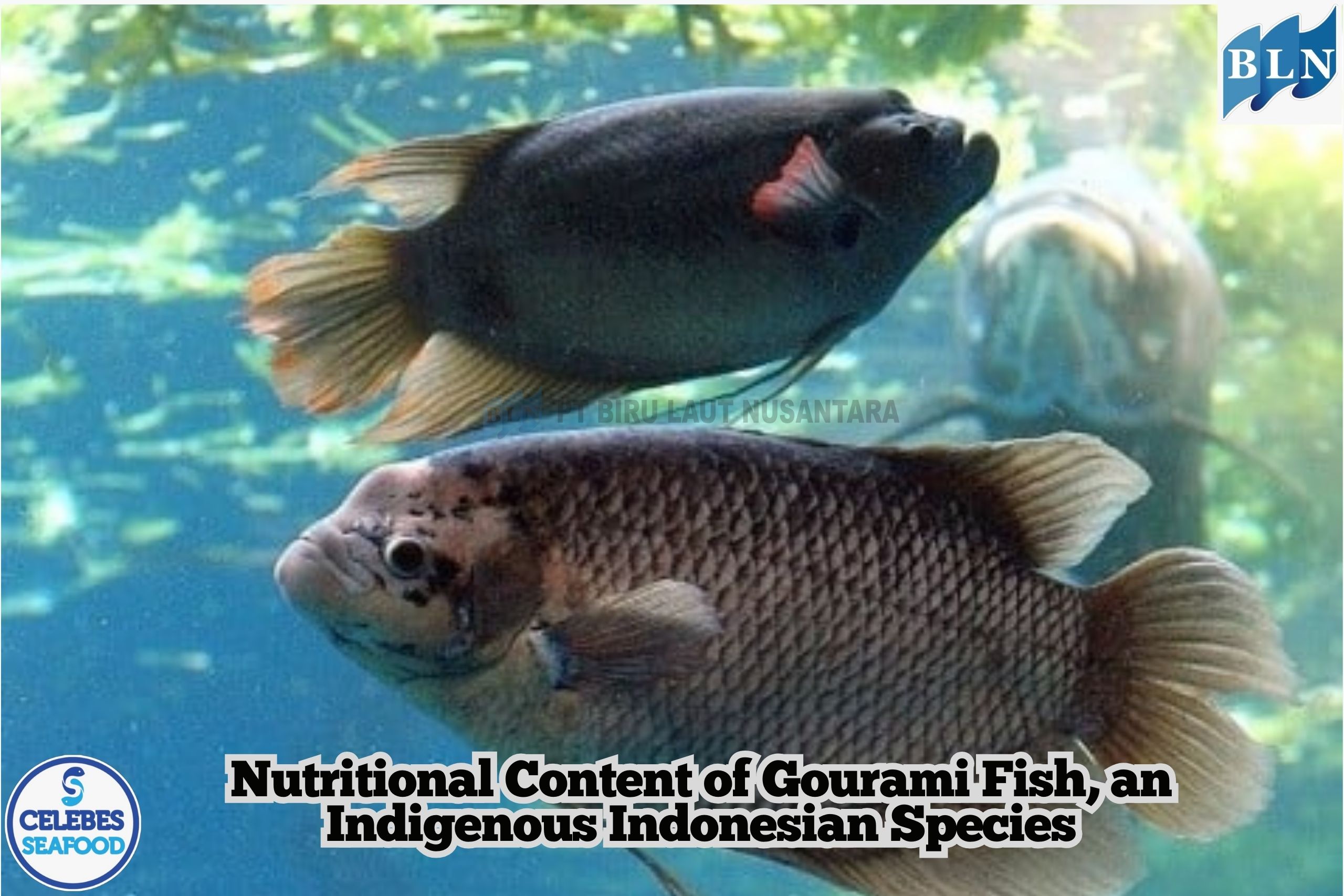
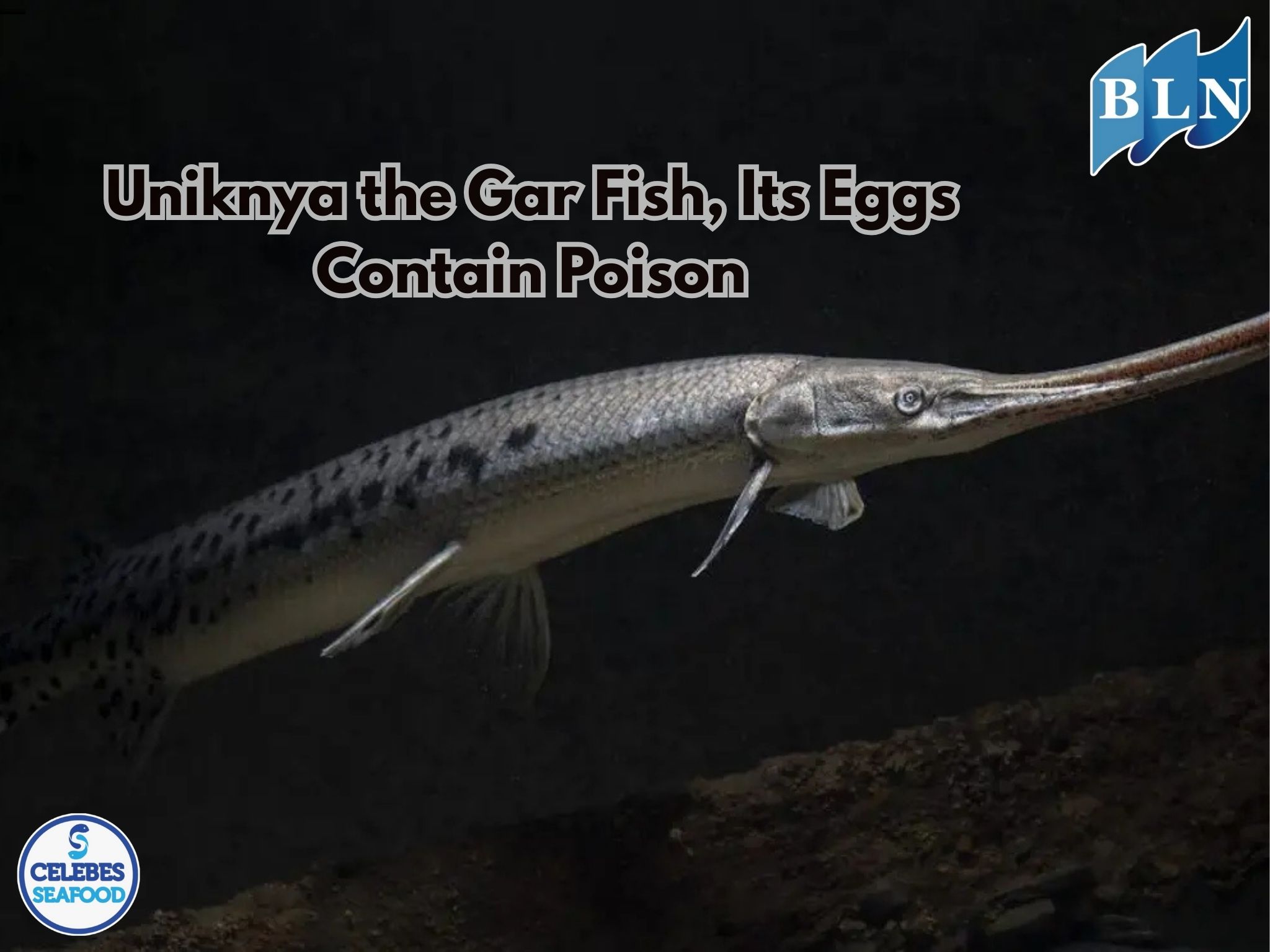
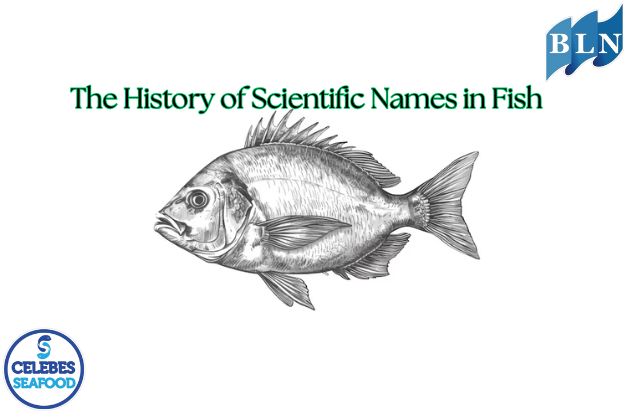
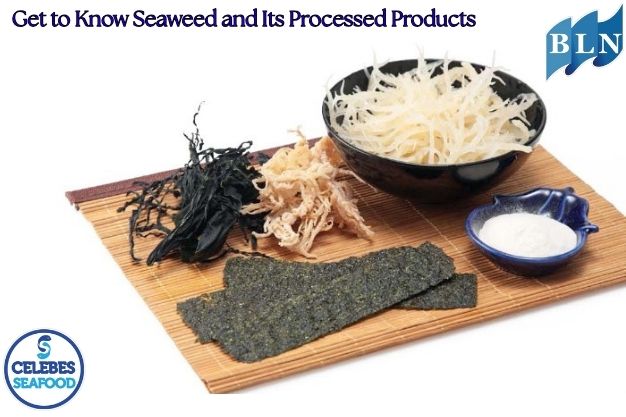
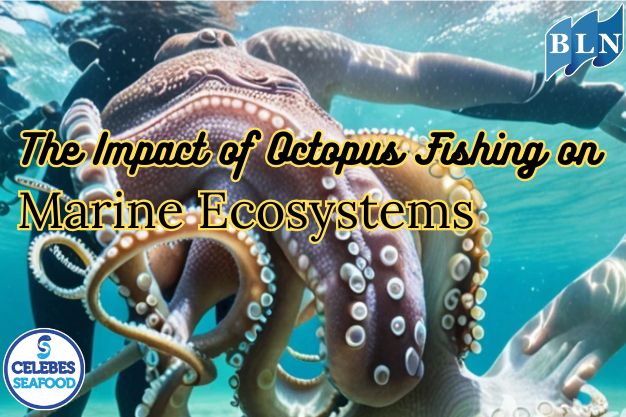
 in Ball Shape (Balltype) for Export.jpg)
.jpg)

